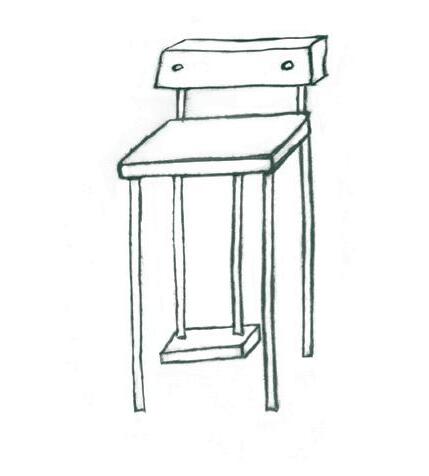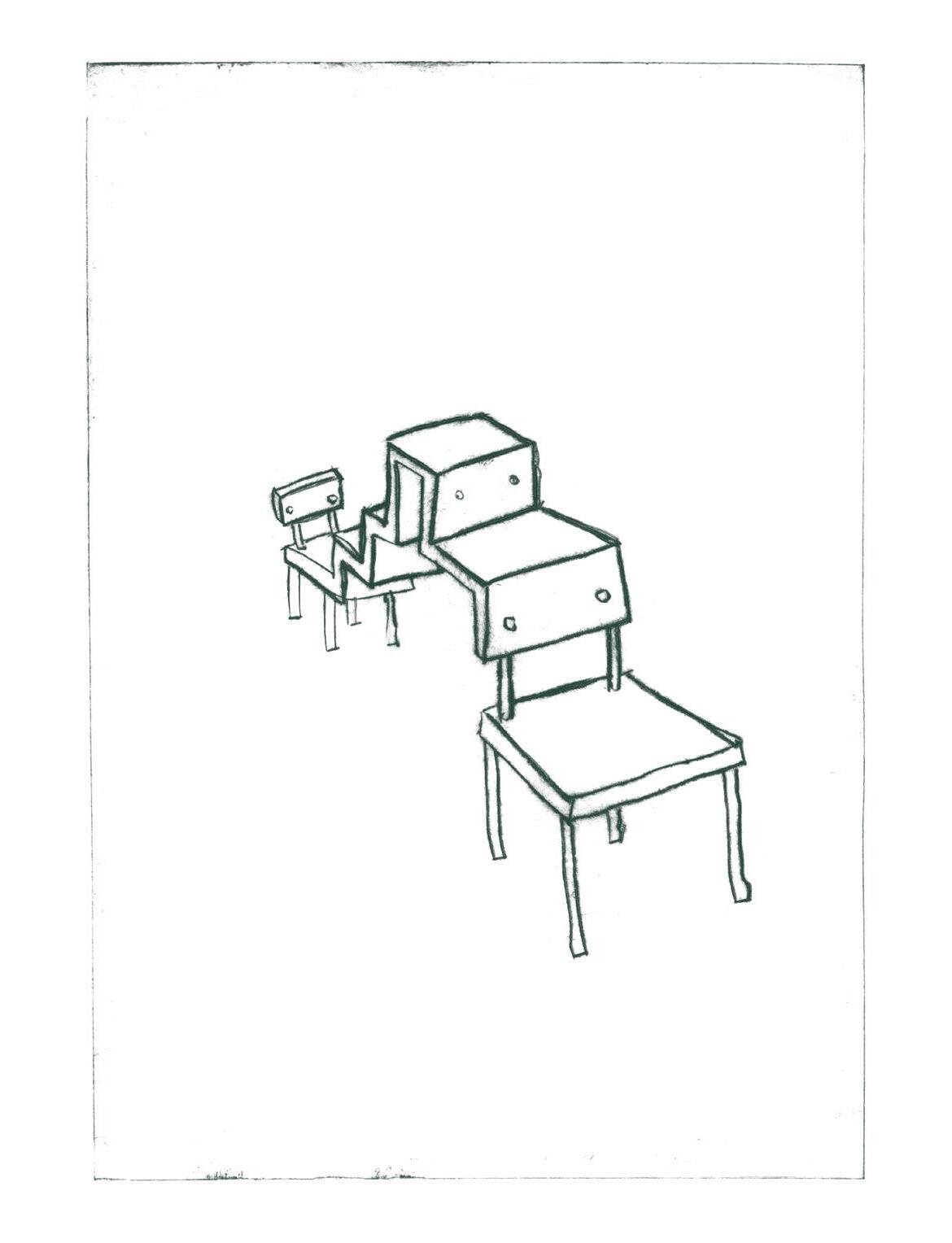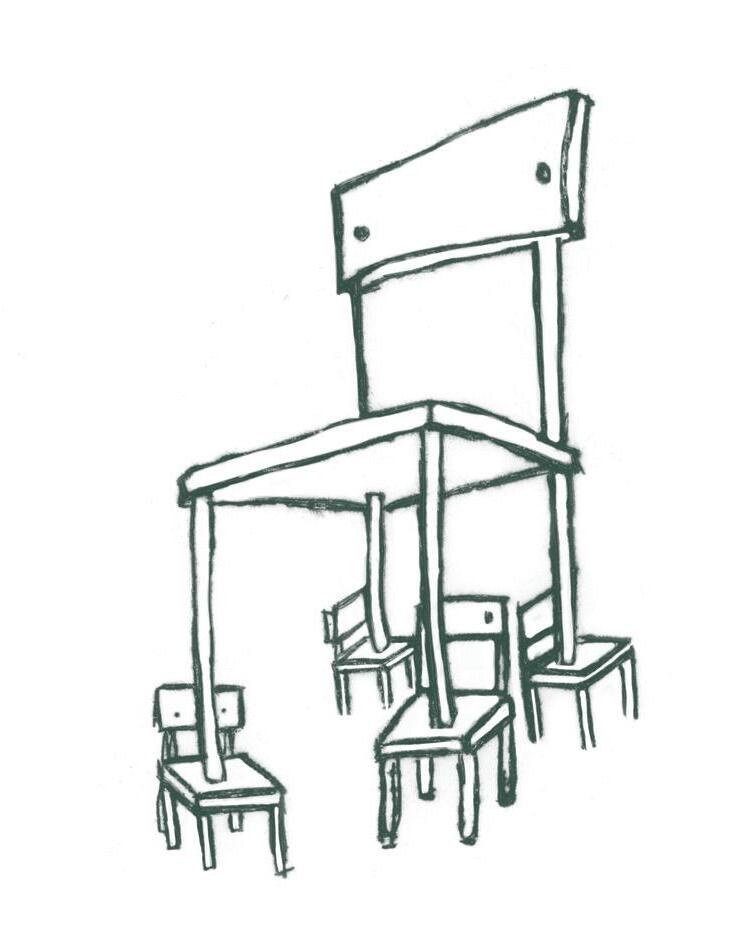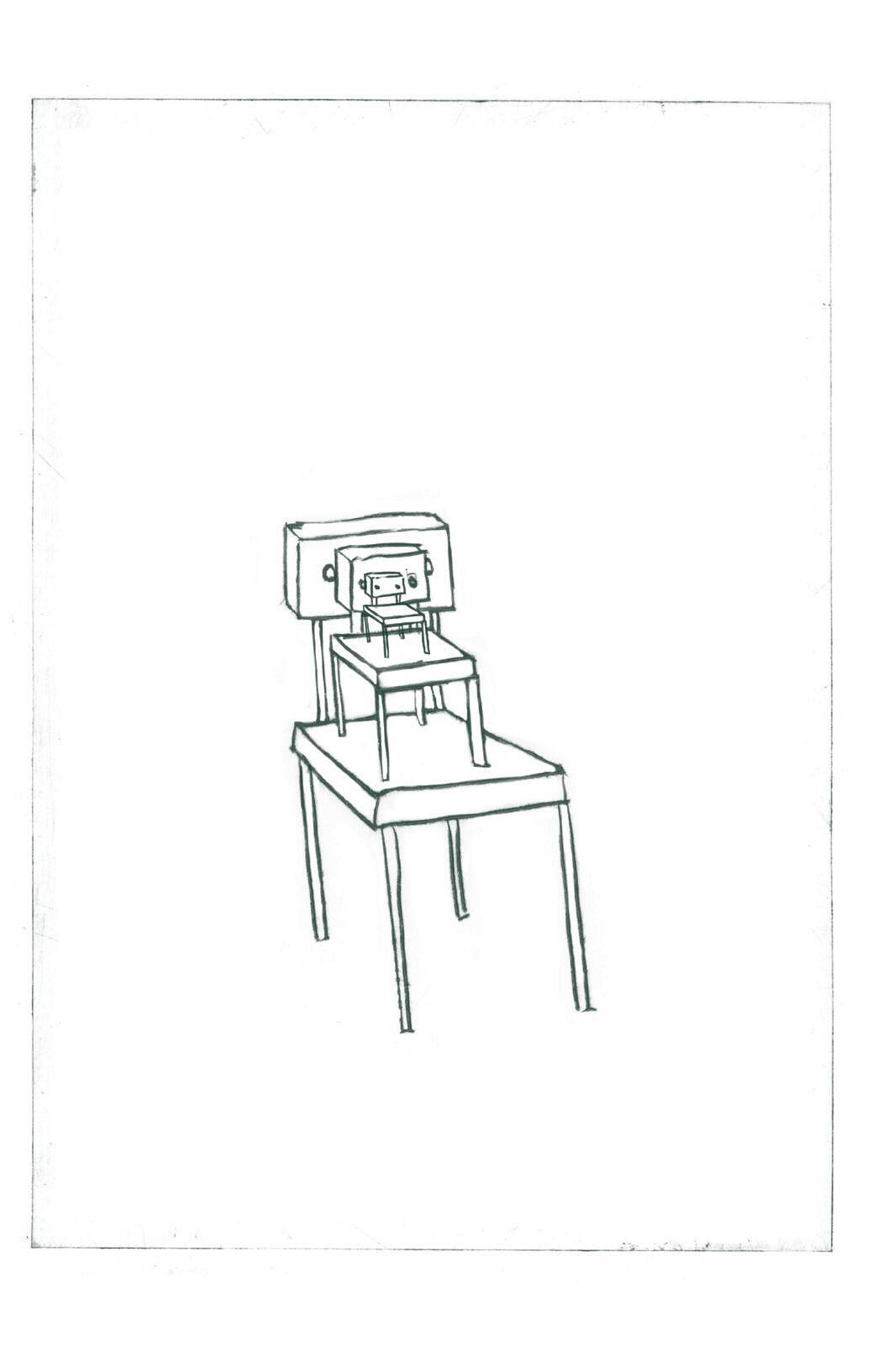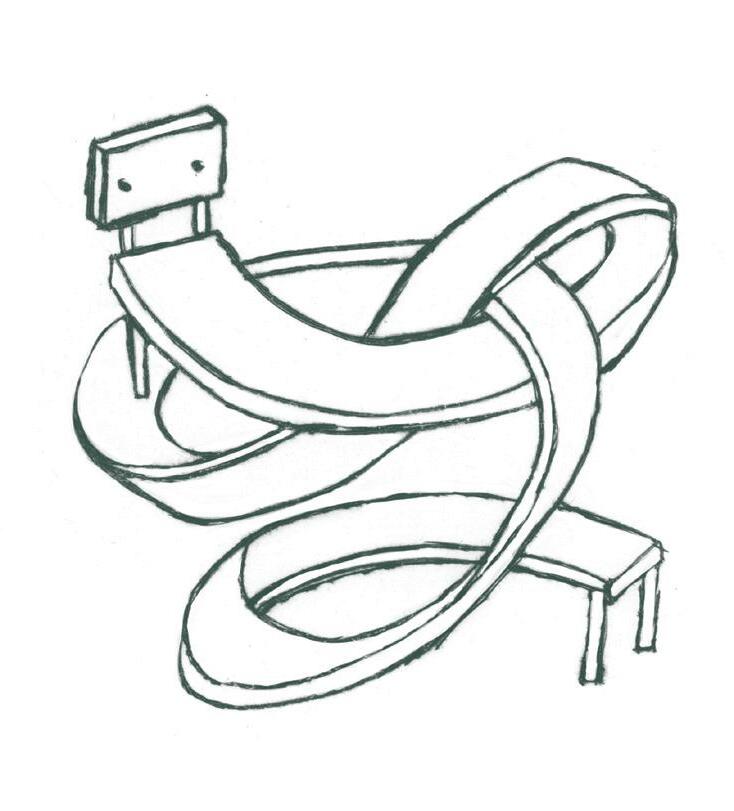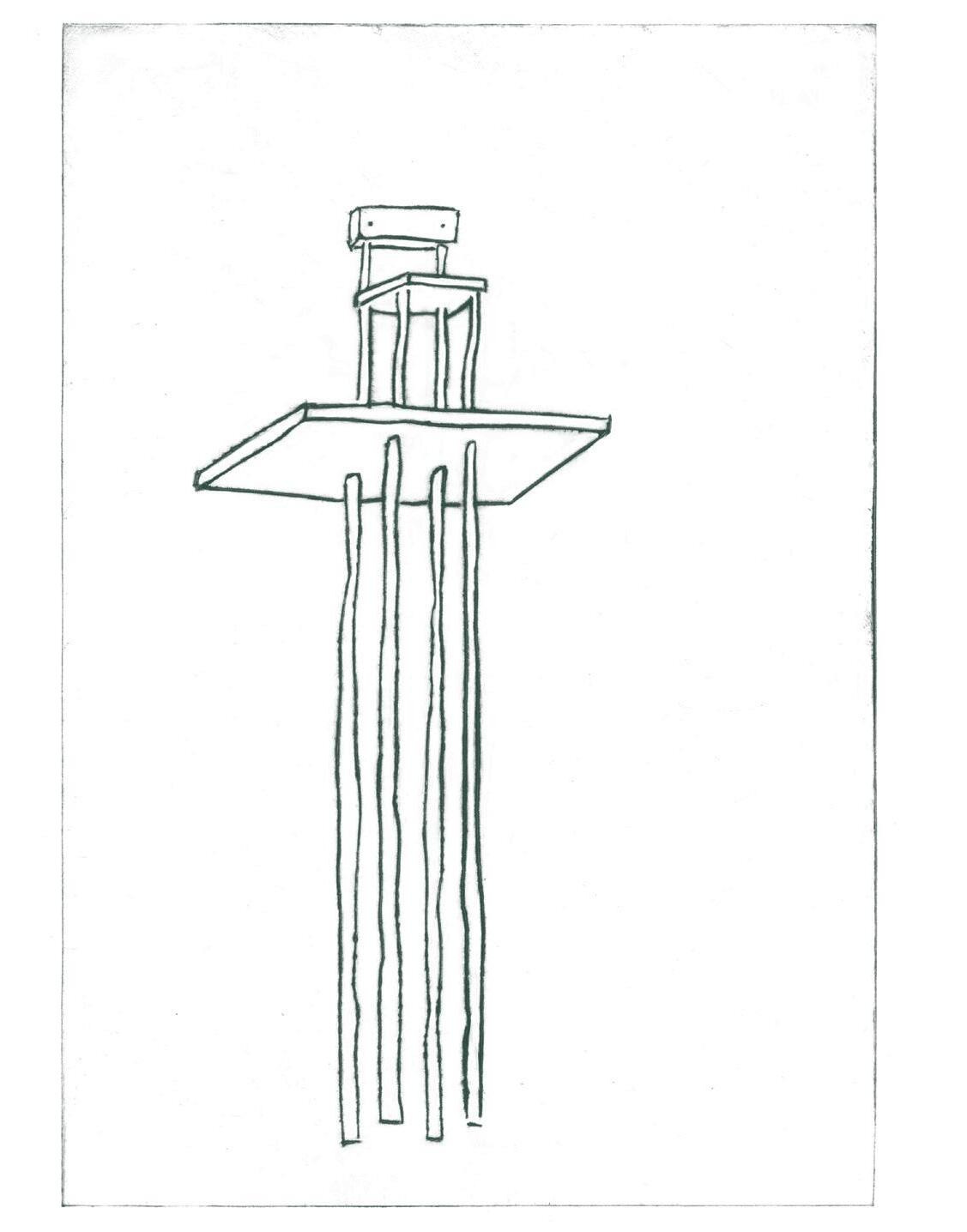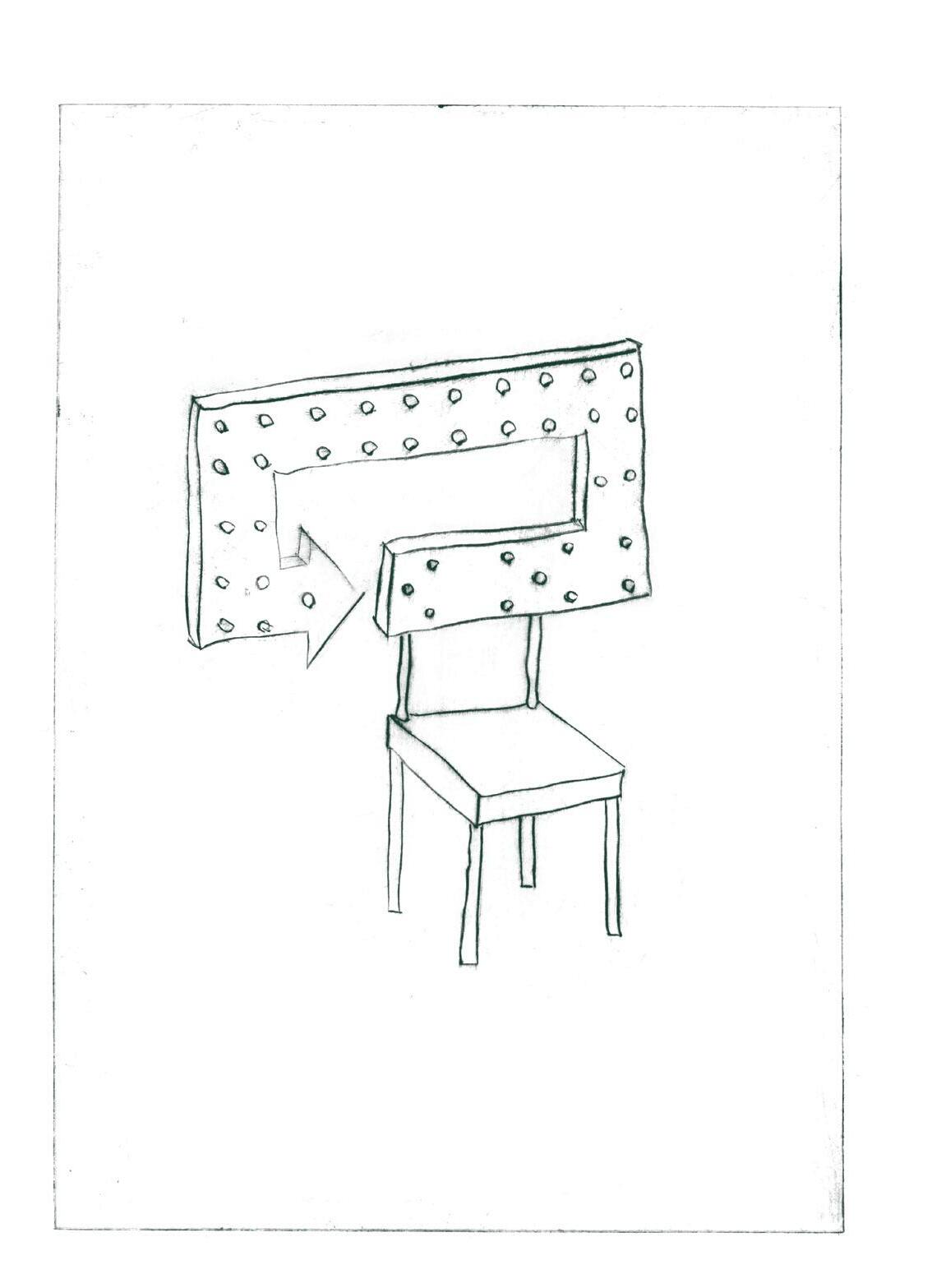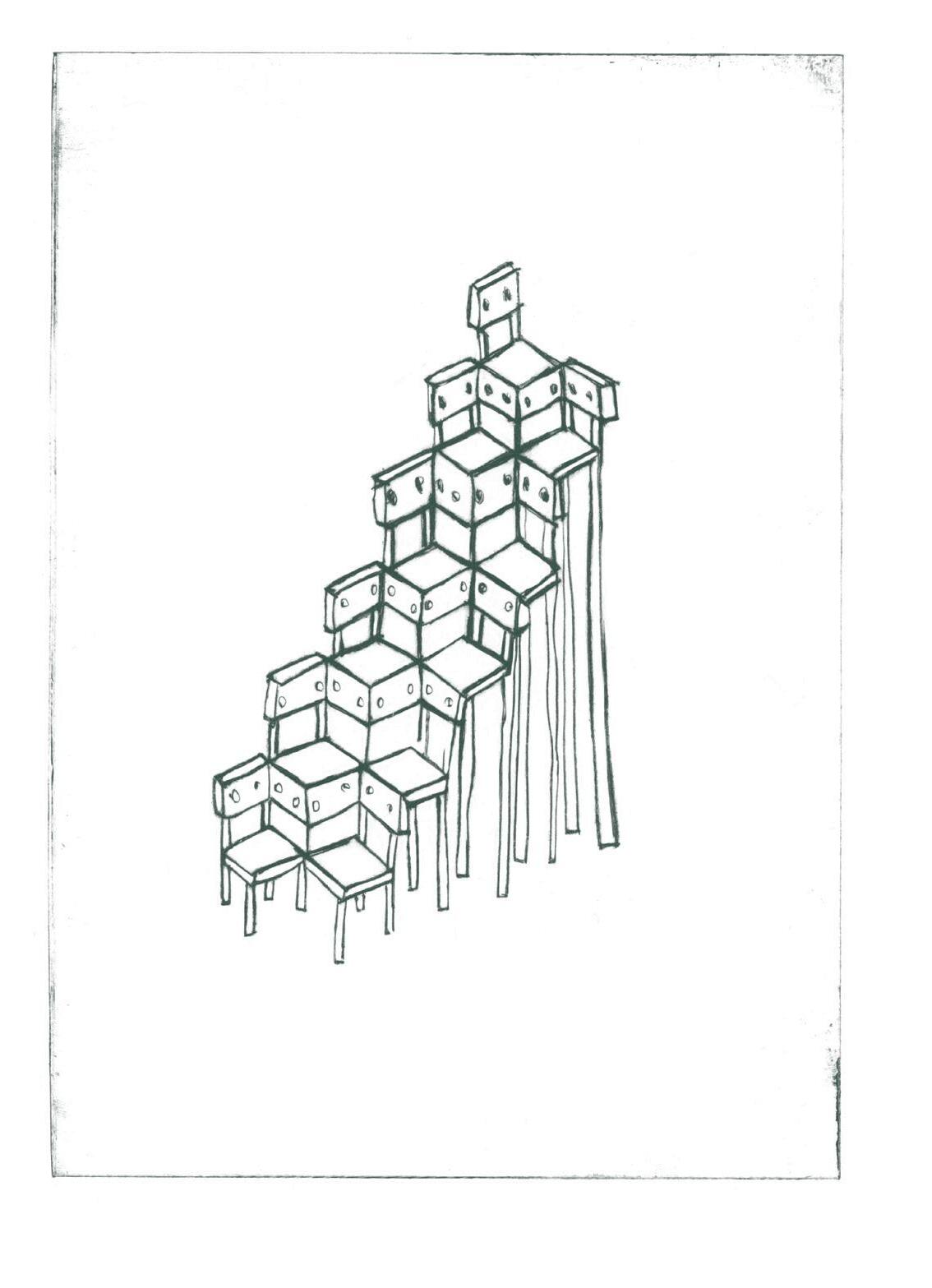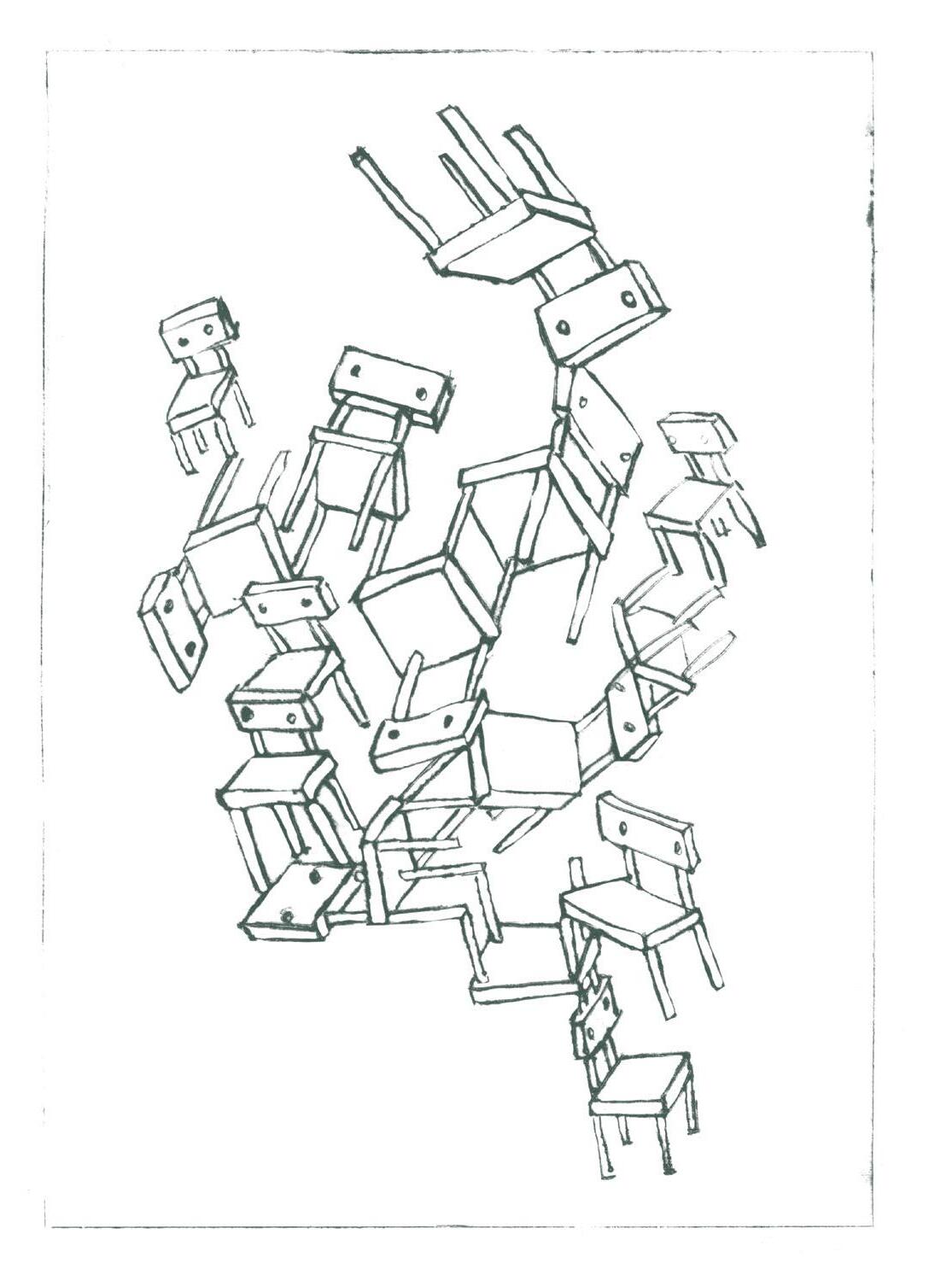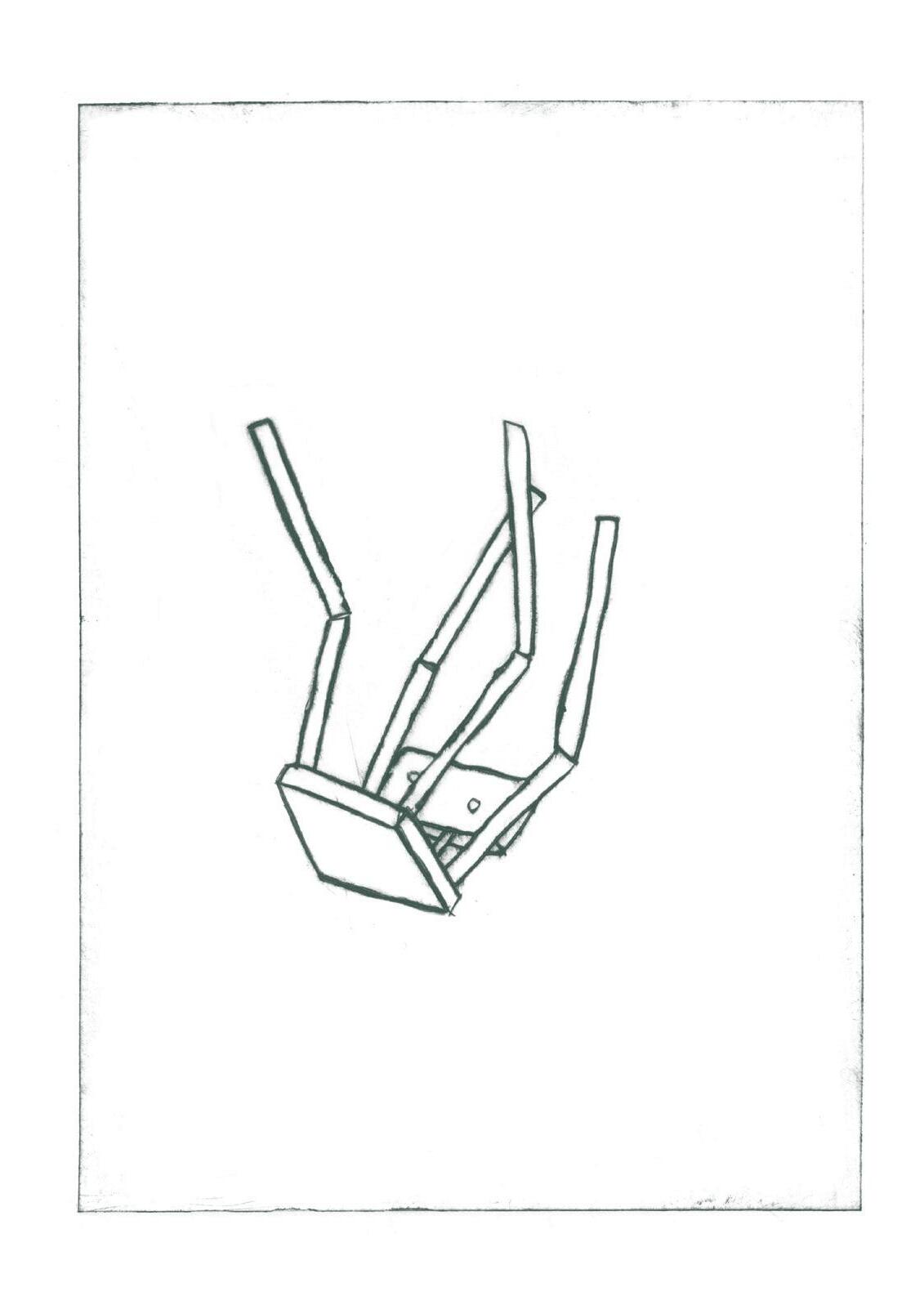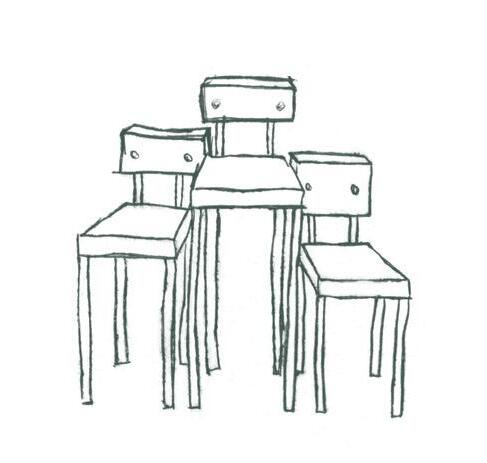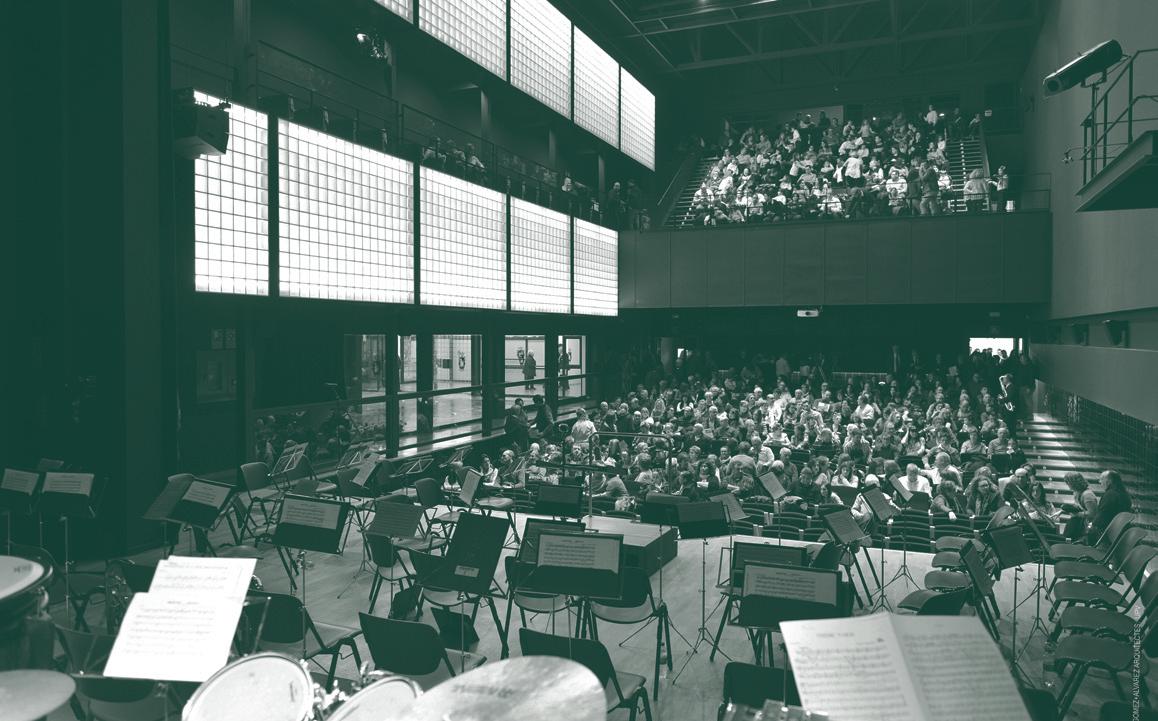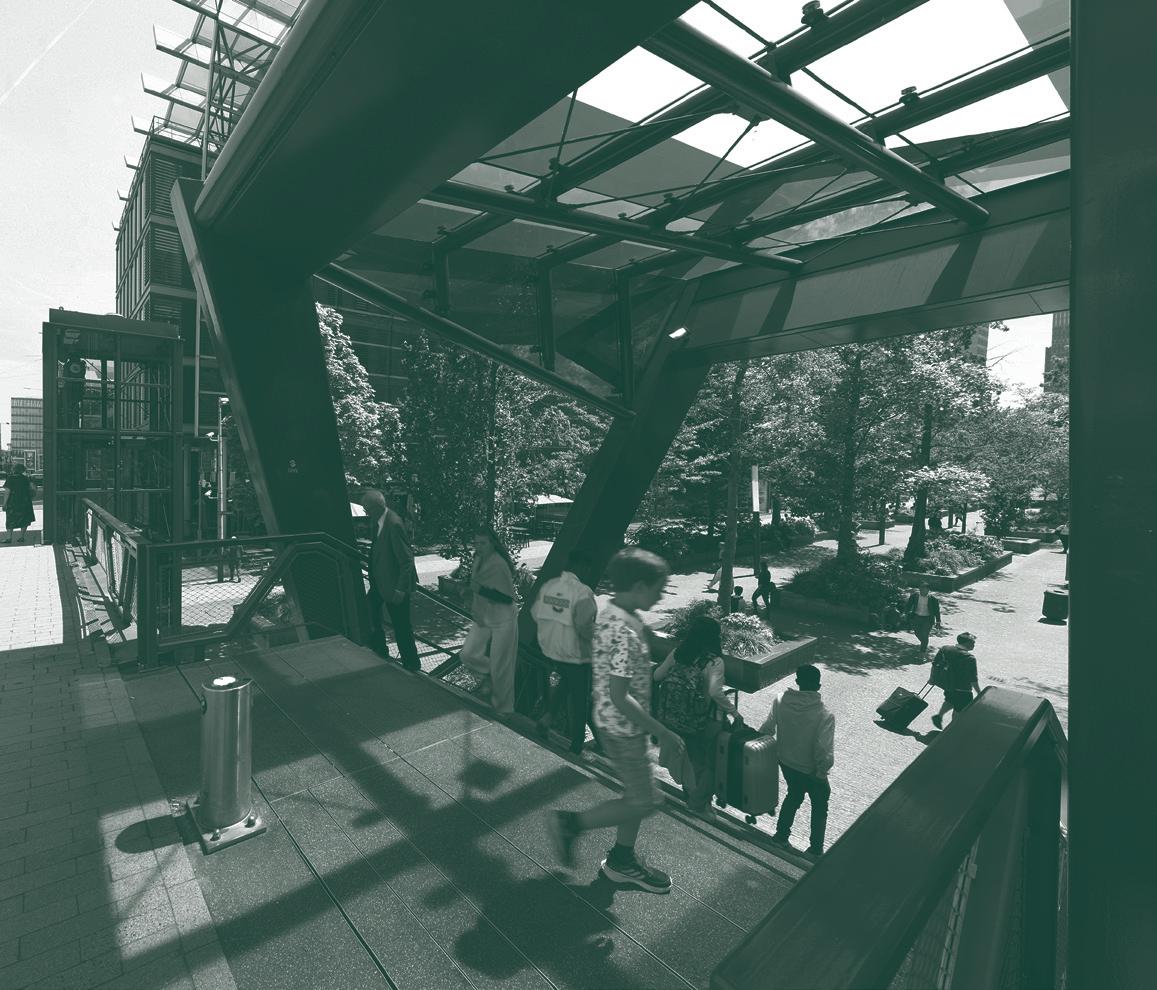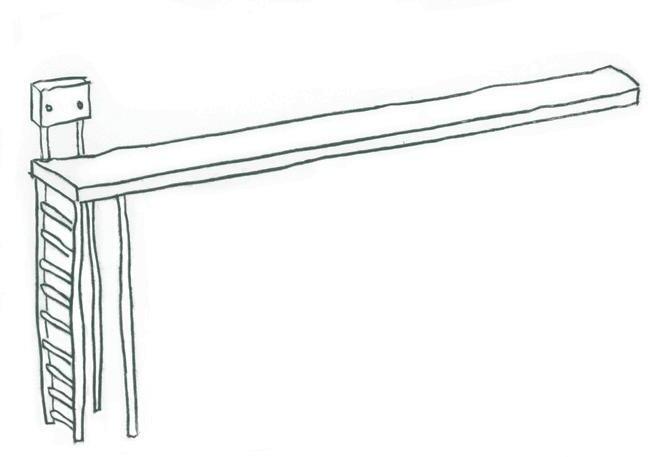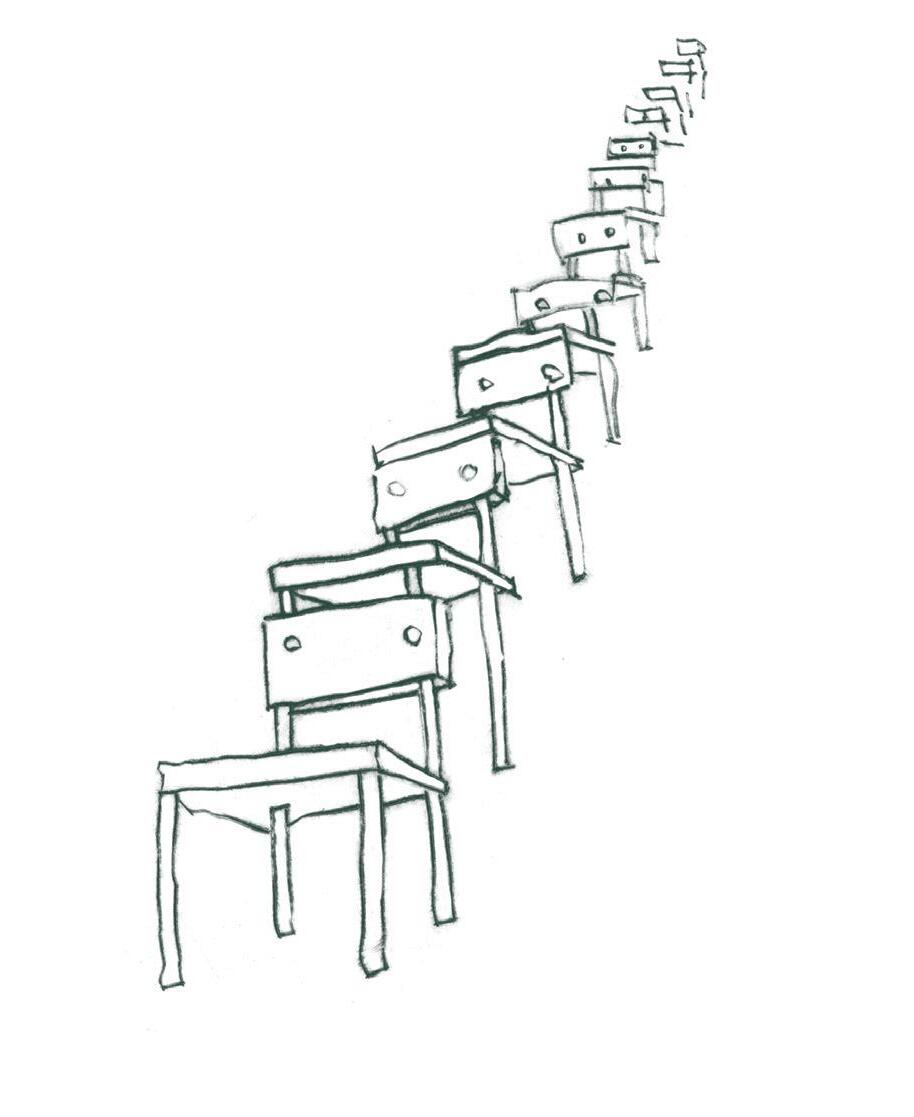Key Voices –Women in Architecture
01
Eva M. Alvarez Isidro, Carlos J. Gómez Alfonso
Gomez+Alvarez Architects, Spain
02
Barbara Holzer, Holzer Kobler Architects, Switzerland
03
Marianne van Lochem, Arcadis Architecture, the Netherlands
Eva M. Alvarez Isidro, Carlos J. Gómez Alfonso Gomez+Alvarez Architects, Spain
What is in your opinion the benefit of cooperation of male and female architects?
We do not understand the question. It is not just a question of benefit. It is an urgent need for humanity to promote a cooperative model as opposed to a competitive one, to stop sweeping everything under the carpet. It is about mutual care, networked action, collaboration, the absence of hierarchies, and the recognition that human beings coexist with other living beings and non-living environments that make up a wider and more diverse system... In the face of this global approach, the most direct and elementary thing to do is to consider cooperation between human beings, in this case between women and men when working together, but this point of view can also be extended to more personal circumstances.
Why should gender not be the issue, or is it competence that counts?
This question poses a misleading dilemma, i.e. it implies that professional or intellectual competence may be linked to gender, ethnicity, age, or any other unchosen condition. The question should be how is it that people who are more than competent do not have access to perform the tasks for which they demonstrate competence? And all this, without going into the issue of who defines what it is and what it means to perform a task competently. The model of competent professional activity has been defined on the basis of parameters that can be completely revised, such as the need for exclusive dedication to a professional task in a way
that neglects the care of oneself and others or of the place we live in. The feminism that we promote (de-colonial feminism) proposes a different model of professional competence, demands justice in access to professional opportunities and the recognition and valuation of work carried out in an equitable manner. Gender, race, age are not related to professional competence but to discrimination.
How do you in your office choose your cooperative/ employees?
In terms of professional tasks as architects, we do not have employees: we work in collaboration with other professionals on collaborative projects. We have come to form a small group that we work with because we trust each other’s professional solvency and personal responsibility to carry out the tasks entrusted to us. At the University, we work with interns and PhD students for whom we are responsible for their training and skills development.
Galería de L’Auditori
What makes a good team?
Transparency, honesty, and communication.
Creativity and diversity - how are they connected?
In our opinion, creativity means turning the situation around, and in our case, it always arises unexpectedly, and in situations of knowledge exchange, often from misunderstandings. The more that is known or learned, the more opportunity there is for new ideas to emerge. One way to encourage this is to seek broadly diverse teams, incorporating different life perspectives.
What creates better and more sustainable places and society? Can the buildings and environment be better when created by the team of diverse competence, gender, origins, experiences, specialisations…)
The first thing is to define what we mean by sustainability. For us, it follows the premise defined in the Brundtland report (led by a woman, Dr. Gro Harlem Brundtland) that sustainability means having what is needed without compromising the ability of future generations to have what they need. Therefore, the first step is to define what we need, a clearly ethical question, and secondly how we achieve it without compromising the future, another ethical question. In both steps, technology may play an important role, but it is really a secondary role to the decision of what we are entitled to, how much and how. This ethical discussion about what is necessary and what is not necessary has to be approached from different perspectives, from different points of view, because it addresses issues that we do not even imagine or intuit. Diverse teams in terms of age, gender, origins, economic and cultural situations, allow us to approach complex issues in an approximate, specific,
individualised way... and not in a generic way. In our opinion, diversity in the approach to the problem and in the expectations when imagining the solution promotes finding solutions that are more adjusted, efficient, fair and, therefore, on the side of sustainability.
Anything else you like to say in relation to this topic?
The American feminist, Jo Freeman, defined sexism as the specific discrimination against women that comes from assuming that men are more important than women and that the tasks they do are more important because they are done by men. And, sadly, we see it all the time: any task traditionally done by women is not recognised as an important task until it has been done by a man. In the field of architecture it is clear: tasks such as landscape architecture or interior architecture, usually with a greater number of women architects, are less valued professionally than the tasks of structural calculations, construction and construction management, generally more developed by men architects. Another example is the development of specific curricula focused on a construction theme, more developed by men, than diversified curricula dealing with mixed activities like building, teaching, curatorial practices, work for the administration, more common in women architects. Therefore, and in order to undo this situation, we propose to the ACE to promote and reward all professional activities equally, starting with those usually less valued. Women architects not only deserve equality but a new working framework.
Barbara Holzer, Holzer Kobler Architects, Switzerland
What is in your opinion on the benefits of cooperation of male and female architects? Why should gender not be an issue, or is it competence that counts?
The question is somewhat irritating as we have known for decades that working in diverse teams is more productive, produces better quality and reflects a wider range of perspectives, etc. This does not only include gender. The correlation between gender and competence is also problematic as we know that competence is not a neutral term but defined by those who are in power. However, our understanding of gender is not to be based on the binary system anymore.
How do you in your office choose your employees? What are the qualities of good employee? What makes a good team?
It is important that a wide range of perspectives is reflected in teams. However, we first and foremost consider and promote those who are marginalized in general in the field and in the discipline i.e. women, people of colour, etc. Herein it is important to create a balance between hard, soft and future skills.
Creativity and diversity - how are they connected? Creativity and diversity are fundamentally connected. Creativity is a process that is generated or fired up in the field of interaction between different and diverse perspectives.
What creates better and more sustainable places and society? Can the buildings and environment be better when created by a team of diverse competence, gender, origins, experiences, specialisations...)
Yes, absolutely! Moreover our designs are process driven, we do not only include many different perspectives but try to create projects which leave space for further development, changes and flexibility in accordance with changing needs, new conditions or growing knowledge.
What else do you like to say in relation to this topic?
Architecture, cities, the built environment are inclusive societal endeavours. While diversity as (multi dimensional) sustainability might be a growing demand in the design industry it has simultaneously become key throughout all stakeholder groups involved. Without public demand and a growing knowledge and sensibility among developers and investors holistic change cannot occur.
Interview conducted together with Prof. Tanja Kullack PBSA Düsseldorf
Marianne van Lochem, Arcadis Architecture, the Netherlands
From your perspective, what is the advantage of collaboration between male and female architects?
For the understanding of architecture, it really doesn’t matter if you are a man or a woman, but it does matter when we start to execute design processes on a larger scale with only men or women at the wheel. That would result in a situation that is bad for the quality of architecture and bad for our social health. A situation like where our physical health is in danger when we only eat one type of nutrition over a longer period of time. Then you will develop a growth disorder. To give an example. In the Netherlands, the situation surrounding toilets is the same in every large public building. At peak times, the number of toilets is sufficient for men, but not for women. On average women have longer visits to the toilet, because of specific actions they perform there every month However, the spaces for men’s and women’s toilets are often mirror images of each other. When we build train stations, we always size the transfer area in a way that it is fit for the busiest minutes of the busiest hour during rush hour. We need to do this to create a safe space where no-one gets trampled or accidentally falls on the tracks. As a result, the station has an oversized capacity for the rest of the day. We don’t consider this to be a bad investment because our population is growing and somewhere in the future, we will use all that space for passenger flow. The structural shortage of public toilets for women has clearly been a blind spot in that development process. It would not have occurred with correct estimation of quantities and good research on how women use the toilet.
Maybe today things would have been different if in Dutch history more women had had a say in the development of public buildings. This example about women, also applies to people with different abilities and cultural backgrounds. Many different people live and work in our cities and public buildings. Therefore, it is important that they are created by a team of different types of people.
To what extent is it about gender, or is it all about competence?
For generations, it has been passed on that certain behaviours are masculine or feminine. However, that does not make sense. You can behave in a masculine manner with a female body. Masculine behaviour is just something we made up. Anyone can change that perspective in his or her own life. I personally have let go of many stereotypical gender norms in my life. I was simply born an architect, a musician, and a woman. My spatial awareness and sense of composition have always been part of me. They are present in my earliest memories. They couldn’t teach me preferences by giving me a doll to play with, I would automatically crawl to those far more interesting cars and blocks. In our world you must love yourself to have the courage to become and remain who you really are. Stay close to yourself, that’s half the battle.
How do you choose your cooperative/employees at the office?
I work exclusively on a project basis. We work in network organisations with colleagues of the same company, employees of strategic partners and self-employed people as if they were large, blended families. What I consider the most important criteria for employees in such an organisation are motivation to work on the project, being open to people
they do not yet know and a good notion of what they bring to the team. I often base my choice to include people in the team on two things- Overall, it is important that someone’s profile matches the assignment. But equally important, in my opinion, is whether someone can tell me clearly what they envision to enjoy doing on this project and within this team. Motivation is critical when you experience a setback, which is why I always look for that feeling of momentum. Momentum is the resulting synergy that arises when all individual passions flow together. Sometimes, someone applies for a specific position and later it turns out that person fits into the team much better in a different way, based on their own story. This policy of people-first works very well for us.
In your opinion, what are the characteristics of good cooperatives/employees?
I look for people who thrive in a situation where they are, in one way or another, unique in their talents or skills. Their willingness to be unique will make them add something to the project and each other. Good team members have curiosity. They are original and sincere. They themselves are always looking for a place where they bring their own unique set of skills. That way, they do not have to compete with colleagues, or shine at the expense of someone else. A group of individuals, each with their own talents and competences can work together efficiently, bringing out each other’s strong points and so produce well-developed ideas.
Creativity and diversity: how are they connected?
The more diverse the members in the team, the easier and faster you come up with creative ideas. If there is no box, there is no need to think out of the box. You are already there. It is much easier to step out of your own comfort zone if you are guided into someone else’s comfort zone. Innovation can quite easily grow from tradition if you can listen to what others have to say about their tradition. The stories that people tell me are a big source of inspiration in my daily life. I love it when I work with someone trained in another way or discipline and together we find an integrated solution that we can both be proud of.
“There is not a single argument why – for the same type of work – a woman should be paid less than a man. But our work is far from over and we must continue pushing for progress together.”
Ursula von der Leyen 2023 State of the Union Address
Glossary
A good manager possesses a range of qualities and skills that enable them to effectively lead and oversee their team. Here are some key attributes and characteristics of a good manager:
Effective Communication: A good manager is an excellent communicator, both in terms of listening and expressing ideas clearly. They can convey expectations, provide feedback, and actively engage with their team.
Leadership Skills: They provide clear direction and guidance to their team, inspiring and motivating employees to achieve their best.
Empathy: Good managers understand and empathize with their employees. They recognize individual needs and concerns, and they foster a supportive and inclusive work environment.
Delegation: Effective delegation involves entrusting team members with responsibilities and tasks that match their skills and development goals. Good managers delegate wisely and provide the necessary support and resources.
Decision-Making: Managers must make informed decisions promptly. They consider available information, involve the team when necessary, and take responsibility for the outcomes.
Conflict Resolution: Conflicts are a part of any workplace. A good manager can identify, address, and resolve conflicts in a constructive manner, promoting harmony within the team.
Adaptability: They are flexible and able to adapt to changing circumstances and challenges. Good managers are open to new ideas and continuously seek improvement.
Technical Competence: Depending on the field, a manager should have a good understanding of the industry and the technical aspects of the work being done by the team.
Time Management: They prioritize tasks effectively and manage their time efficiently to meet deadlines and ensure the team’s productivity.
Accountability: A good manager takes responsibility for their own actions and the outcomes of their team. They hold themselves and their team members accountable for their work.
Team Building: They actively work on team dynamics and foster collaboration. Building a positive and cohesive team environment is a priority.
Mentoring and Development: A good manager helps team members grow by providing guidance, coaching, and opportunities for skill development and career advancement.
Ethical Behaviour: They act with integrity, demonstrating ethical behaviour and setting an example for the team.
Problem-Solving: Effective problem-solving involves identifying issues, analysing them, and finding practical solutions. Managers should be skilled problem-solvers.
Strategic Thinking: They have a vision for the team and the organization’s future. They can set strategic goals and make decisions that align with this vision.
Feedback and Recognition: Providing constructive feedback and recognizing employees’ achievements is essential for performance improvement and motivation.
Organizational Skills: Managers need to organize work-flows, set priorities, and ensure that the team is working efficiently.
A good manager can significantly impact an organization’s success by creating a positive work environment, motivating employees, and achieving team and organizational goals. These qualities and skills are often honed through experience, training, and a commitment to continuous self-improvement.
Gender balance is an important consideration for sustainability and sustainable development. Achieving gender balance and promoting gender equality is not only a matter of social justice but also a critical component for achieving long-term environmental, economic, and social sustainability. Here’s why gender balance is essential for sustainability:
Diverse Perspectives and Solutions: Gender diversity in decision-making processes brings a wider range of perspectives and ideas. Women and men often have different experiences, priorities, and concerns, which can lead to more comprehensive and innovative solutions for sustainability challenges.
Equitable Resource Allocation: Gender-balanced decision-making helps ensure that resources are allocated equitably and that the needs and interests of all members of a community are considered. This can prevent gender-based inequalities and promote sustainable resource management.
Education and Health: Empowering women and girls with access to education, healthcare, and family planning services is crucial for sustainable population management, as well as the health and wellbeing of communities.
Economic Empowerment: Gender equality in the workplace can contribute to economic sustainability. When women have equal access to jobs, fair pay, and opportunities for advancement, it can lead to increased economic growth and stability.
Resilience and Adaptation: In the face of climate change and environmental challenges, gender-balanced approaches to resilience and adaptation are essential. Women, often disproportionately affected by environmental changes, play critical roles in adapting to these changes and finding sustainable solutions.
Community Development: Women frequently play significant roles in community development and social cohesion. Gender-balanced approaches to community building can lead to more inclusive and resilient communities.
Corporate and Organizational Sustainability: Gender diversity in corporate and organizational leadership can lead to more sustainable business practices, as it encourages responsible and ethical decision-making.
Legal and Policy Frameworks: Developing and implementing gender-sensitive legal and policy frameworks is essential for ensuring that sustainability efforts benefit all members of society equally.
To promote gender balance for sustainability, it’s important to:
Encourage women’s participation in leadership and decision-making roles at all levels.
–
Advocate for gender-sensitive policies and programs in environmental and social sectors.
–
Invest in women’s education and access to healthcare.
–
Address gender-based violence and discrimination, which can hinder sustainability efforts.
–
Support initiatives that promote gender equality and inclusivity in the workplace and communities.
By recognizing the importance of gender balance in sustainability, we can work towards more comprehensive and effective solutions that benefit both current and future generations.
Glossary created using Chat GPT
References, Bibliography & Further Reading
Discover all the initiatives undertaken by the Member Organisations of the ACE in Europe
ACE Gender Equality Policy Statement
https://ace-cae.eu/wp-content/uploads/2024/10/ ACE-Gender-Equality-Policy-Statement-1.pdf
ACE Sector study
https://ace-cae.eu/bg/publication/ace-sector-study
The 17 Sustainable Development Goals
https://sdgs.un.org/goals
Architects’ Council of Europe (ACE)
Founded in 1990, the Architects’ Council of Europe (ACE) is the representative organisation for the architectural profession at European level. Its membership currently consists of 52 Member Organisations, including the regulatory and professional representative bodies in all EU Member States, 6 Observers Members (Serbia, Kosovo, Ukraine, Montenegro, Republic of North Macedonia and Moldova) from the Accession Countries plus Members with special status (UK, Switzerland and Norway), thereby representing the interests of over half a million architects from 36 countries in Europe.
Colofon
ACE Women in Architecture task force 2018-2023:
Ursula Faix, Architect, BKZT, Austria - Chair
Matxalen Acasuso Atutxa, CSCAE, Spain
Masa Bratuša, Architect, UAS, Serbia
Elvira Carregado Pazos, Architect, CSCAE, Spain
Ayşen Ciravoğlu, Architect, CAT, Turkey
Anne Cosentino, Equity, Diversity & Inclusion Lead, RIBA, United Kingdom
Katja Domschky, Architect, BAK, Germany
Judit Halmagyi, Architect, MEK, Hungary
Diane Heirend, Architect, OAI, Luxembourg
Sinéad Hughes, Architect, MIRAI, Ireland
Marieke Istha, Community Manager, BNA, The Netherlands
Laura Kairiene, Architect, ACL, Lithuania
Sabine Leribaux, Architect, FAB, Belgium
Kathryn Meghen, Chief Executive Officer, RIAI Ireland
Andrea Pajković, IKCG Montenegro
Carole Pollard, Architect, RIAI, Ireland
Špela Nardoni Kovač, Architect, ZAPS, Slovenia
Andrea Pajković, IKCG Montenegro
Iris Wex, BAK, Germany
Text:
Anne Cosentino, Ursula Faix, Sinéad Hughes and Sabine Leribaux
Interviews:
Katja Domschky, Špela Nardoni Kovač
With the support of the ACE Secretariat: Ian Pritchard, ACE Secretary General & Julie Deutschmann, ACE Head of Communications
Design: Red&Grey redandgrey.ie
Illustration & Dry Point Printing: Red&Grey in collaboration with John Waid, Julie Weber, Juliette Byrne & Ruby Gray
Brussels, February 2025
This publication is co-funded by the Creative Europe Programme of the European Union.
Disclaimer: The European Commission support for the production of this publication does not constitute an endorsement of the contents, which reflects the views only of the authors, and the Commission cannot be held responsible for any use which may be made of the information contained therein.

